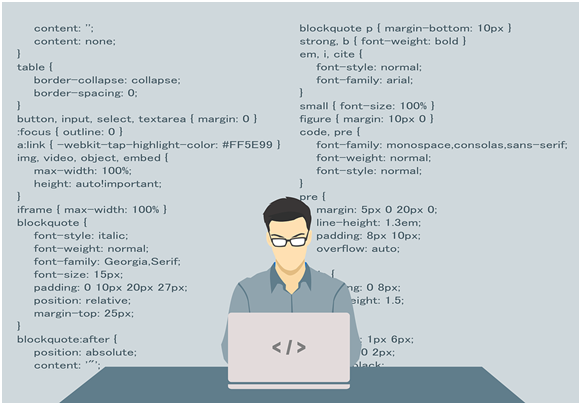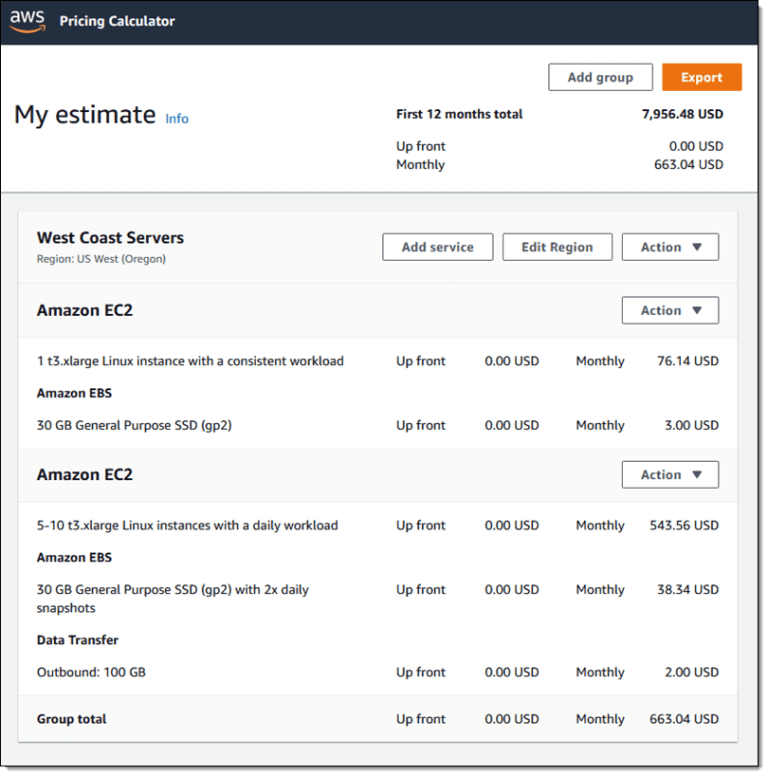Different Types of Data Anomalies: Explained
In order to make sound business decisions, it is important to have access to accurate and up-to-date data. However, in order to get an accurate picture of what is happening within a company, it is necessary to understand how to use data correctly. This means being aware of the different types of data anomalies that can occur and knowing how to detect them. By understanding these anomalies, managers can be better equipped to deal with inaccurate or fraudulent data.
Additionally, data anomalies can have a significant impact on business operations. For example, if an anomaly is not detected and corrected, it could lead to incorrect decision-making. In some cases, data anomalies can even be used to commit fraud. As such, it is important for businesses to have systems and processes in place to identify and correct data anomalies as they occur.
1) Outliers
Outliers are values that fall outside of the normal range. This could be due to errors in data entry or it could be indicative of fraudulent activity. Outliers can have a significant impact on business decisions, so it is important to be aware of them.
a) How to identify them
One way to identify outliers is to use a box plot. This will show you the minimum and maximum values for a data set, as well as the median. If there are values that fall outside of the normal range, they will be easy to spot.
Another way to identify outliers is to use a histogram. This will show you the distribution of data values within a set. If there are any values that fall far outside of the norm, they will be easy to spot.
You can also use statistical measures, such as the standard deviation and interquartile range, to identify outliers. These anomaly detection measures will help you determine how spread out the data is and how much variation there is from the mean. If there are any values that fall far outside of the normal range, they will be flagged as outliers.
b) How to correct outliers
The first thing you need to do when you identify an outlier is to determine whether or not it is valid. This can be done by looking at the source of the data and comparing it to other data sets. If the outlier is due to an error, such as a typo, then it can be corrected easily. However, if the outlier is due to fraud or manipulation, then it will be more difficult to correct.
If the outlier is due to an error, such as a typo, then it can be corrected easily. However, if the outlier is due to fraud or manipulation, then it will be more difficult to correct.
2) Duplicates
Duplicates are records that appear more than once. This could be because the data was entered incorrectly, or it could be intentional. For example, if someone is trying to inflate their sales numbers, they might enter the same sale multiple times. Duplicates can also occur when data from different sources are combined.
a) How to identify them
Duplicates can be identified in a number of ways. One way is to look for values that are repeated more than once. Another way is to compare two data sets and see if there are any matches. If there are matches, then the data sets contain duplicates.
b) How to correct duplicates
If the duplicates are due to errors, such as typos, then they can be corrected easily. However, if the duplicates are intentional, then they will be more difficult to correct. In some cases, it might be necessary to delete duplicate records.
3) Abnormalities
Abnormalities are values that don’t follow the expected pattern. This could be the result of errors, fraud, or manipulation. For example, if you’re analyzing data that shows the average temperature for each day of the year, an abnormal value would be a temperature that is significantly higher or lower than the rest of the data. Abnormalities can be difficult to detect because they don’t necessarily stand out from the rest of the data. However, they can have a significant impact on your analysis, so it is important to be aware of them.
a) How to identify them
There are a few ways to identify abnormalities. One way is to look for values that are far from the mean. Another way is to use a statistical measure, such as the standard deviation, to see how spread out the data is. If there are values that fall far outside of the normal range, they will be flagged as abnormalities.
b) How to correct abnormalities
One way is to look for values that are far from the mean. Another way is to use a statistical measure, such as the standard deviation, to see how spread out the data is. If there are values that fall far outside of the normal range, they will be flagged as abnormalities.
The best way to correct abnormalities depends on the context of the data and what you are trying to achieve. In some cases, you may be able to correct them by simply removing the outliers or duplicates. In other cases, you may need to use a more sophisticated technique, such as regression analysis, to correct them.

Data anomalies can occur for a number of reasons, such as errors, fraud, or manipulation. Outliers are values that fall outside of the normal range, duplicates are records that appear more than once and abnormalities are values that don’t follow the expected pattern. It is important to be aware of these different types of data anomalies and how to correct them so that your data analysis is accurate and reliable. Keep in mind that the best way to correct anomalies will depend on the context of the data and what you are trying to achieve. In some cases, you may be able to simply remove the outliers or duplicates. In other cases, you may need to use a more sophisticated technique, such as regression analysis.
Keep Visiting Flashy Info




![[pii_email_b47d29538f12c20da426] Fix Error Solution? A Step to Step Guide](https://flashyinfo.com/wp-content/uploads/2021/09/0gjKiHmL.png)


